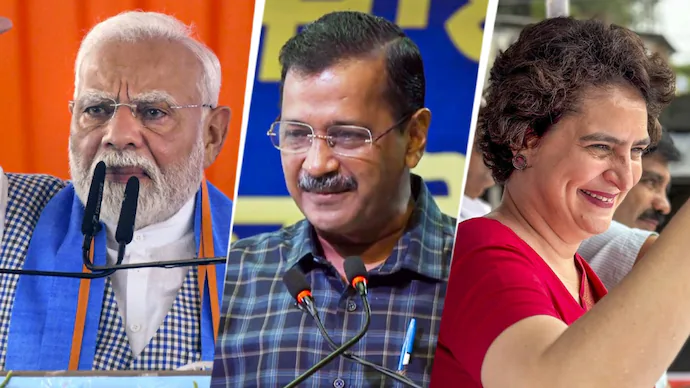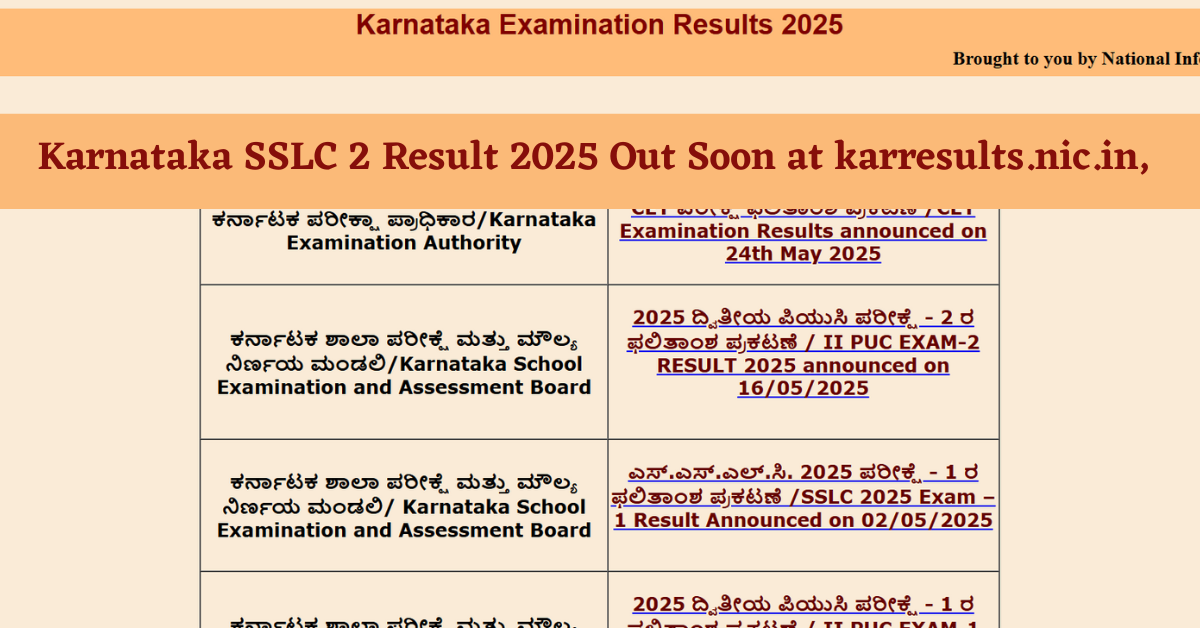The Election Commission of India (ECI) stands as the world’s largest democratic undertaking’s guardian. Since its inception in 1950, this constitutional body has orchestrated 17 general elections and 400+ state elections, navigating India’s staggering diversity with a commitment to impartiality. In 2024 alone, it managed elections for 968 million voters—a testament to its unparalleled operational scale. Yet recent years have tested its credibility amid political pressures and technological disruptions. This deep dive explores the ECI’s legacy, 2024-25 challenges, and path ahead as India’s democratic sentinel.
1. Historical Foundations: Building a Democratic Colossus
A. Constitutional Vision
The ECI was established under Article 324 of India’s Constitution on January 25, 1950. Dr. Sukumar Sen, its first Chief Election Commissioner, faced the herculean task of enrolling 173 million voters—80% illiterate—for India’s maiden general election (1951-52). Innovations like party symbols (lotus, hand, elephant) bridged literacy gaps, setting global precedents for inclusive voting.
B. Evolutionary Milestones
- 1960s: Introduction of voter photo rolls
- 1980s: Electronic Voting Machines (EVMs) piloted to eliminate booth-capturing
- 2015: Voter Verifiable Paper Audit Trail (VVPAT) added for transparency
- 2023: Electoral Bond scheme scrapped by Supreme Court, restoring donation transparency.
2. Operational Mastery: How the ECI Engineered Electoral Integrity
A. Logistical Marvels
Managing India’s elections resembles a military campaign:
- 12 million personnel deployed
- 1.2 million polling stations (including in Gir Forest for a lone lion-whispering voter)
- 4,000+ special trains transport security forces
The Model Code of Conduct (MCC), a voluntary ethics framework, restrains campaign excesses—though enforcement gaps persist.
B. Technological Leaps
- EVMs: Phased rollout since 1999; 100% adoption by 2014.
- cVIGIL App: 99-minute response to voter complaints
- Electoral Roll Management System: AI-driven deduplication
In 2024, Google partnered with ECI to surface authoritative voting information on Search and YouTube.
3. The Crucible: 2024–25 Challenges and Controversies
A. Credibility Under Fire
The 2024 general elections sparked unprecedented scrutiny:
- Appointment Bias: The 2023 CEC Act replaced the Chief Justice with a PM-nominated minister in selection panels, politicizing appointments.
- Data Opacity: Delayed voter turnout publications fueled opposition allegations of manipulation.
- Speech Policing: ECI’s muted response to hate speeches by majoritarian leaders eroded perceptions of neutrality.
B. 2025 By-Elections: A Litmus Test
Recent by-elections in 5 seats spotlighted ECI’s operational consistency:
| Constituency | Turnout | Key Candidates | Leading Trend |
|---|---|---|---|
| Nilambur (Kerala) | 73.26% | UDF’s Aryadan Shoukath vs LDF’s M Swaraj | UDF +5,620 votes |
| Kaliganj (WB) | 69.85% | TMC’s Alifa Ahmed vs BJP’s Ashish Ghosh | TMC +4,545 votes |
| Ludhiana West (Punjab) | 51.33% | AAP’s Sanjeev Arora vs BJP’s Jiwan Gupta | AAP +3,060 votes |
| Visavadar (Gujarat) | 56.89% | BJP’s Kirit Patel vs AAP’s Gopal Italia | BJP +16,888 votes |
Despite scattered violence allegations, CCTV-monitored counting centers ensured result legitimacy.
4. Fortifying the Future: ECI’s 2025 Roadmap
A. Institutional Reforms
- Transparent Appointments: Revert to collegium system including CJI, as upheld in Anoop Baranwal v. Union of India.
- Real-Time Data: Blockchain-secured voter turnout dashboards.
- Deepfake Mitigation: Partnering with Google to label AI content and watermark synthetic media 4.
B. Mega Electoral Events
- 2024 J&K Elections: First post-Article 370 polls saw 65% turnout despite terror threats—a victory for ECI’s security protocols.
- Simultaneous Elections (One Nation, One Vote): Piloting synchronized state/national polls by 2029 to reduce “election fatigue.”
C. Global Collaborations
ECI advises Bangladesh, Nepal, and South Africa on EVM adoption. Proposed Global Election Integrity Initiative will share counter-disinformation tactics.
5. Conclusion: Democracy’s Guardians at a Crossroads
The ECI remains India’s most trusted institution—a 2023 Pew survey noted 76% public confidence—yet faces its sternest test. As political polarization deepens and AI-generated disinformation proliferates, the Commission must reclaim its Article 324 mandate with surgical neutrality. The 2025 Delhi and Bihar elections offer redemption opportunities. For 1.4 billion Indians, the ECI’s resilience isn’t bureaucratic trivia—it’s democracy’s last firewall.
“The strength of democracy lies not in the vote cast, but in the trust in the vote counted.” — Former CEC S.Y. Quraishi
FAQ: Quick Insights
Q1: Who appoints Election Commissioners?
The President appoints CEC and ECs based on a panel led by the PM (since 2023 Act).
Q2: Can EVMs be hacked?
ECI maintains EVMs are standalone, unhackable devices. Post-election audits allow VVPAT verification.
Q3: How to file election complaints?
Use cVIGIL app—geo-tagged proof ensures action in 99 minutes.



